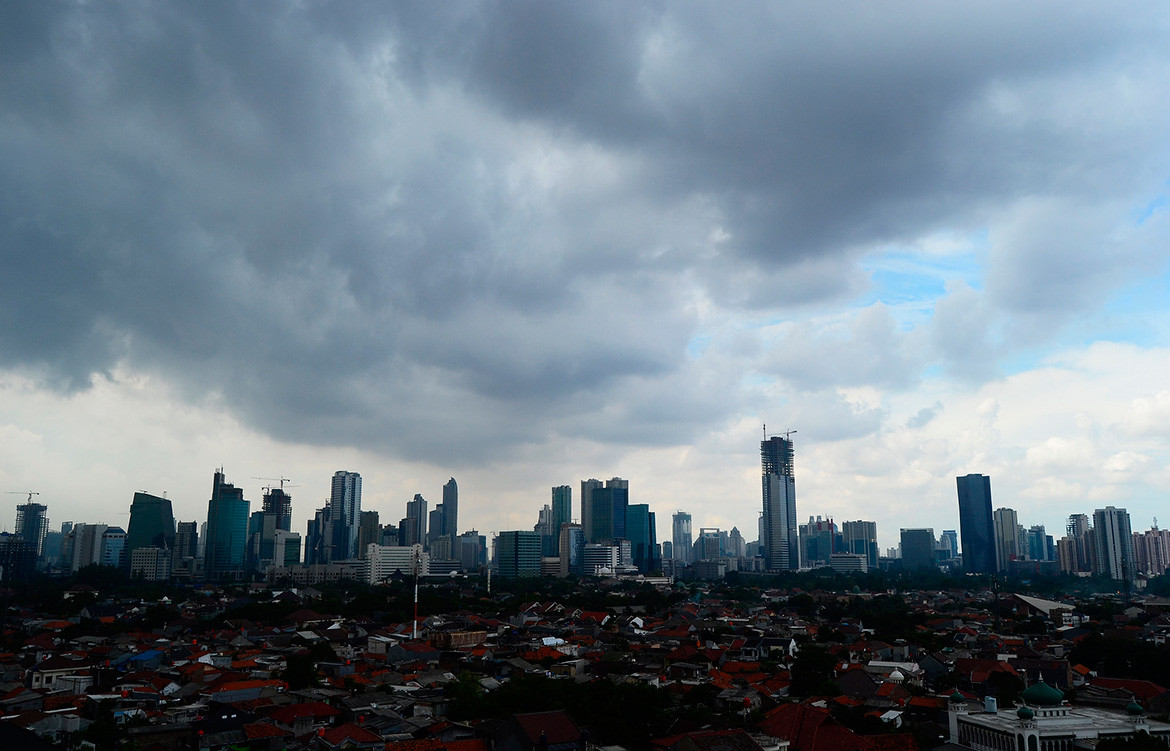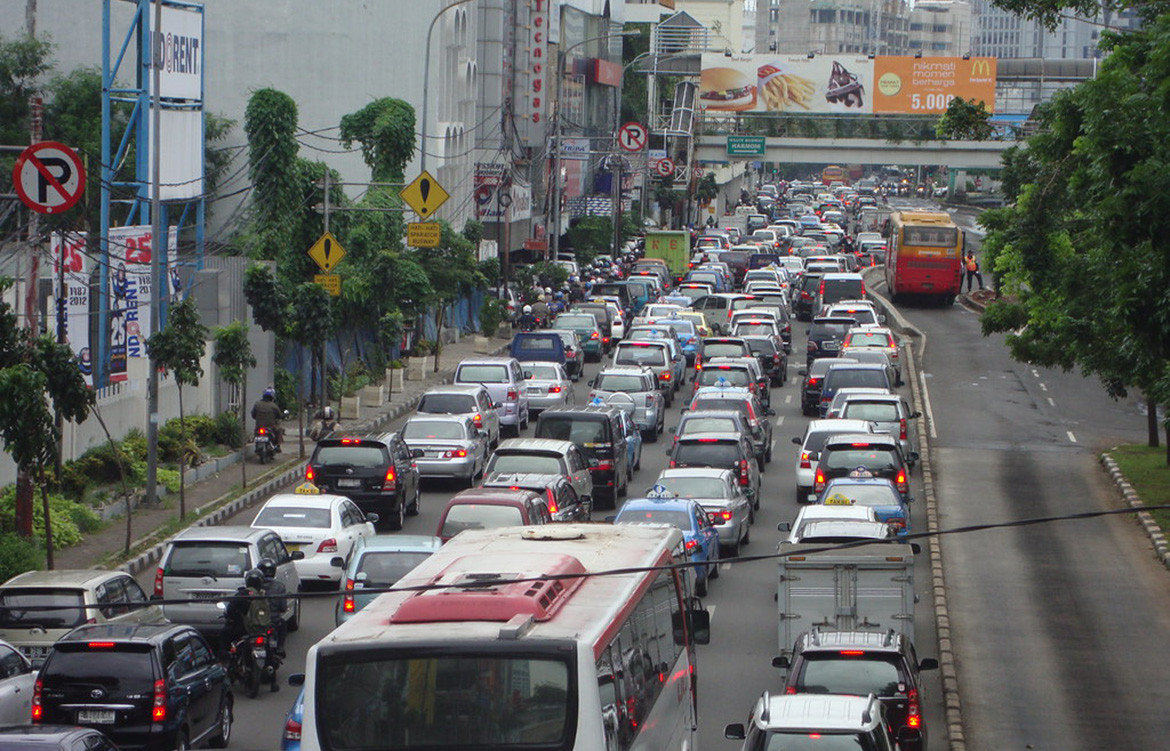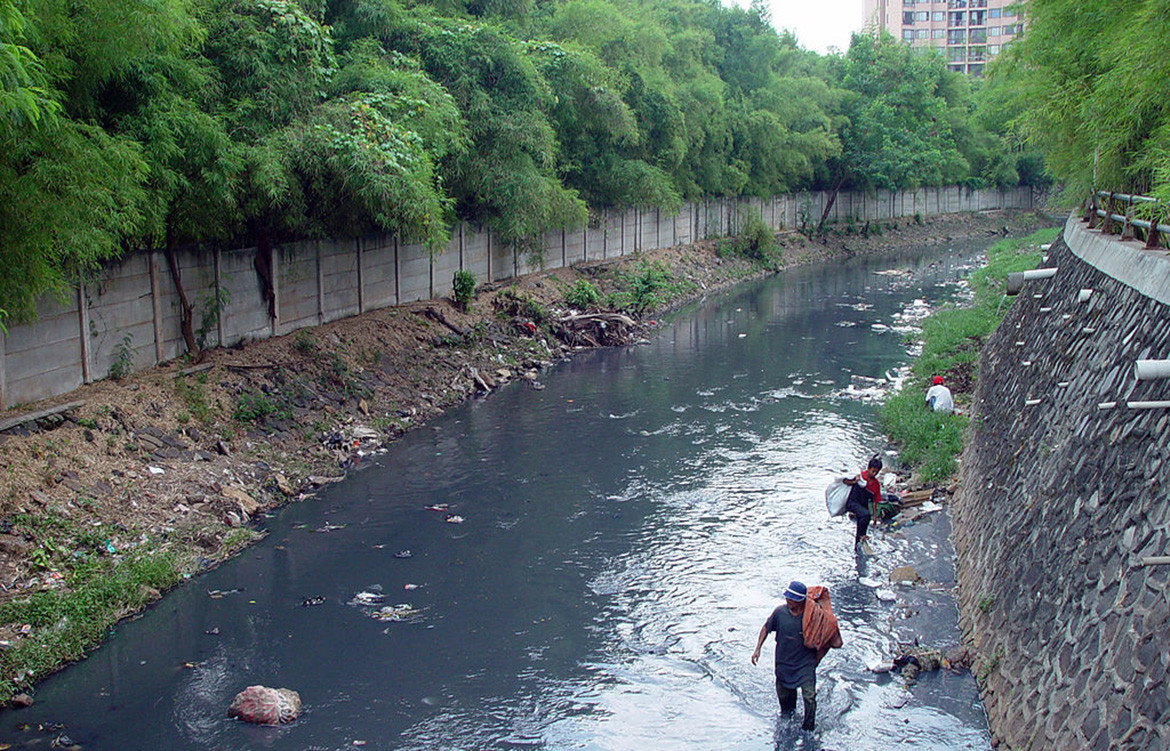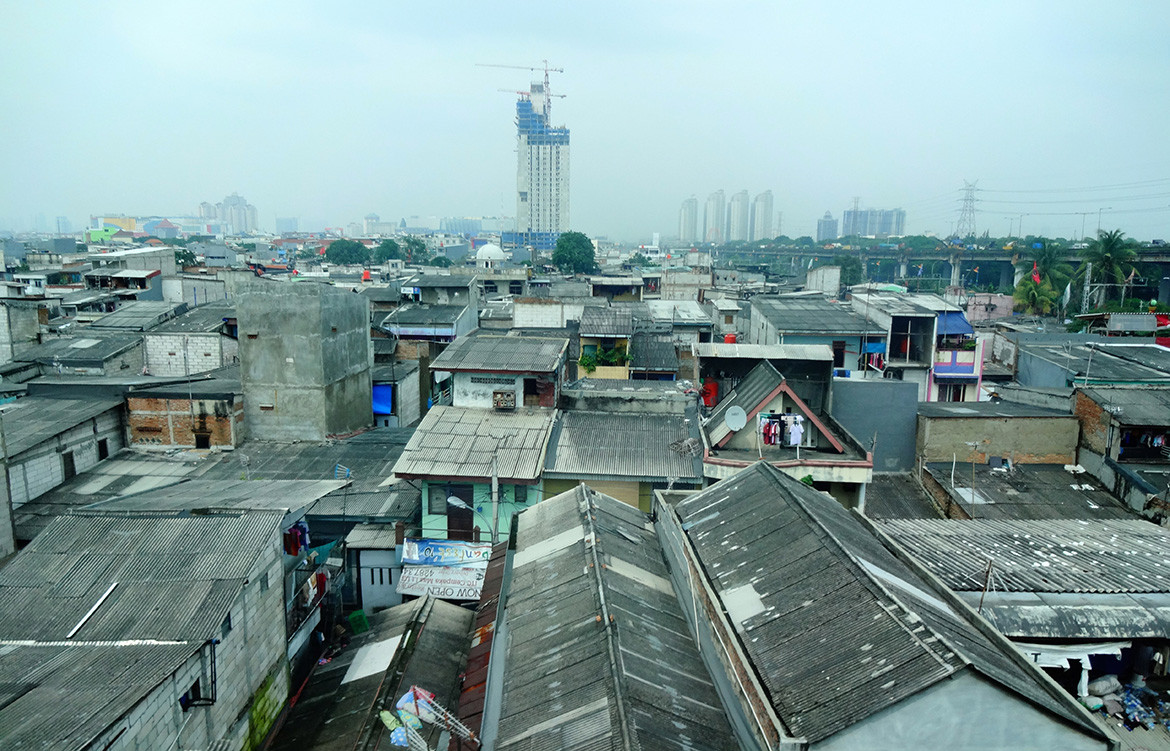The city of Jakarta is sinking. Fast. So fast that by 2050, it’s estimated to be 95 per cent underwater—a crisis that’s lead President Widodo to approve plans to relocate Indonesia’s capital. It’s convenient to blame global warming, but that’s only part of it, as while this a story of an imminent crisis, it’s also partly one of failing infrastructure.
For example, Jakarta has over 10 million people, estimated to become the world’s most populated metro by 2030. But only 40 per cent of Jakarta’s citizens have access to clean, pipeline water, leading many to tap the groundwater. This pumping, alongside rapid urban development, has resulted in something called “Land Subsidence” – a contributing factor to its sinking.
Jakarta has over 10 million people, estimated to become the world’s most populated metro by 2030. But only 40 per cent of Jakarta’s citizens have access to clean, pipeline water, leading many to tap the groundwater.
This isn’t Jakarta’s only infrastructure problem; the city’s traffic and air pollution is considered some of the worst in the world, alongside its rapid, sprawling urban expansion resulting in a drastic loss of green spaces. “The density is horizontal, not vertical,” says Tiyok Prasetyoadi, a managing director of the Jakarta-based architecture firm PDW Architects, and a core founder of the Green Building Council of Indonesia, adding. “Lots of land and housing need a lot of spaces. So we don’t have good public infrastructure.”

Completely abandoning Jakarta, while a seemingly easy solution for an outsider, ignores the economic significance of the area, and more significantly, how the infrastructure problem isn’t just a Jakarta problem. “Other cities don’t have as much burden, because they don’t have as much of a population,” says Tiyok, adding. “It’s not a lack of infrastructure. It’s a lack of planning – vigorous planning – and an awareness of the environment.”
As Tiyok expands on his point, he mentions a lack of leadership – Mayors and Ministers, until recently, not having enough authority – as well as a lack of coordination among the 33 ministries. “Indonesia has been developing cities since thirty, forty years ago with very little success in the social issues. So, I think, first of all, one of the important things is a shared vision from the leader,” he adds.
“It’s not a lack of infrastructure. It’s a lack of planning—vigorous planning—and an awareness of the environment.”
“When we started the Green Building Council, we had four ministries that wanted to be involved. And they don’t talk to each other… That’s only for one issue. Now we are talking about cities – a complex issue.”

For such a multifaceted problem, there’s more than one solution, with research suggesting that prioritising sustainability could help for example; Tiyok himself referencing the infrastructure success within Jakarta’s gated communities, as well as the potential blueprint through Egypt’s new capital city. But these problems are deep-rooted, and intermingled with urban, economic, environmental and social issues, making an easy answer impossible. But without a solution, the ramifications are certain.
PDW Architecture
pdw-architects.com
Green Building Council of Indonesia
gbcindonesia.org

We think you might also like to hear from Indonesian Architect and INDE.Awards 2019 Luminary Budiman Hendropurnomo

